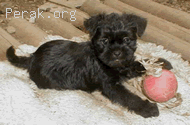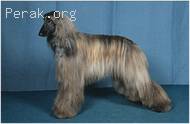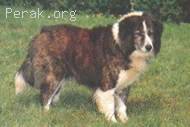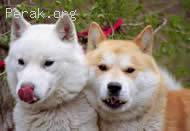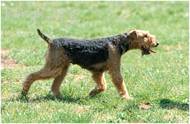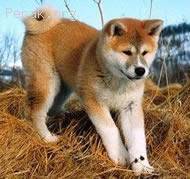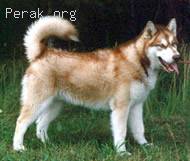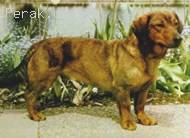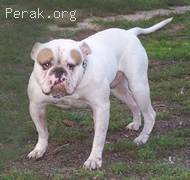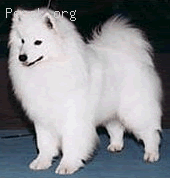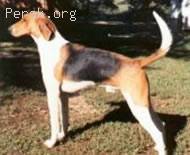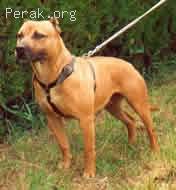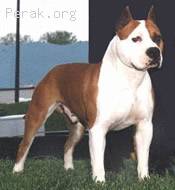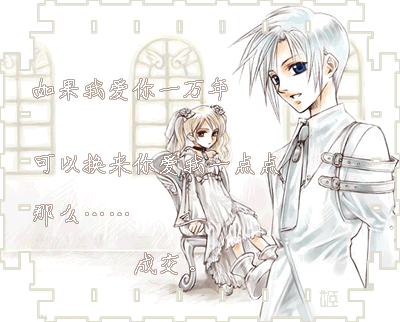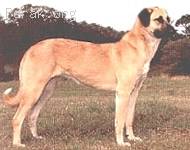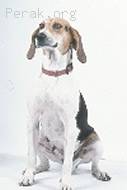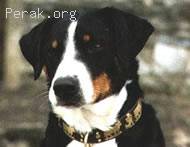Breed Organization
Affenpinscher Club of America
Corresponding Secretary : Terry Graham
Address: 8386 Avalon Dr.
Tallahassee, FL , 32305
Email: [email protected]
Website: www.affenpinscher.org
Group
Toy Group - American Kennel Club, Kennel Club of Great Britain, Canadian Kennel Club, Australian National Kennel Club, National Kennel Club, New Zealand Kennel Club, Continental Kennel Club, American Pet Registry Inc., American Canine Registry
Native Country
Germany
Other Names
Diabletin Moustachu (mustached little devil)
Breed Description
This dog exhibits a mixture of exuberance and serenity. He is lively, alert, loyal, affectionate, bold, and rather obstinate. The affenpinscher is a hunter of vermin and an excellent guard dog that will bark a warning to alert his owner.
Head: Round. Monkey-like expression. Short muzzle. Slightly undershot bite. Black lips.
Ears: Small, set on high. If cropped, held erect and forward. If natural, v-shaped, drop or held erect.
Eyes: Round. Dark color.
Body: Square body outline. Short neck. Ribs slightly sprung. Well developed breast. Underline slightly tucked up at the loin. Straight short back sloping slightly from withers to croup.
Tail: Docked to approximately three vertebrae. Set high and carried erect.
Hair: Harsh and dense on the body. Less harsh on the head, standing off and framing the face. Bushy eyebrows, full beard.
Coat: Preferably black. Brown or gray markings or nuances permissible.
Size: 25 to 30 cm (10-12 in).
Weight: 4 kg (9 lb) or less.
History
One of the most ancient of toy dogs, the Affenpinscher (translated from German as Monkey-Terrier) originated in Central Europe. During the 17th century, small terriers were frequently kept around stables, on farms or in stores where they served as ratters. Bred down in size, these small terriers became companions in the home and kept mice from overrunning their mistresses’ boudoirs. The Affenpinscher is believed to have been a major influence in the development of many of the smaller rough-coated breeds of continental Europe, including the Brussels Griffon and the Miniature Schnauzer. The area around Munich, Germany, eventually became the heart of Affenpinscher breeding in Europe.
The breed was admitted to the American Kennel Club in 1936. This quaint little dog’s popularity has been overshadowed by that of his descendent, the Brussels Griffon, but more recently he is enjoying a return to favor.
Behavior
General demeanor is game, alert, and inquisitive with great loyalty and affection toward its master and friends. The breed is generally quiet, but can become vehemently excited when threatened or attacked, and is fearless toward any aggressor.
Advice
This breed can make a good house dog. Daily brushing and combing is required.
Function
Guard dog. Hunter of vermin. Pet.
